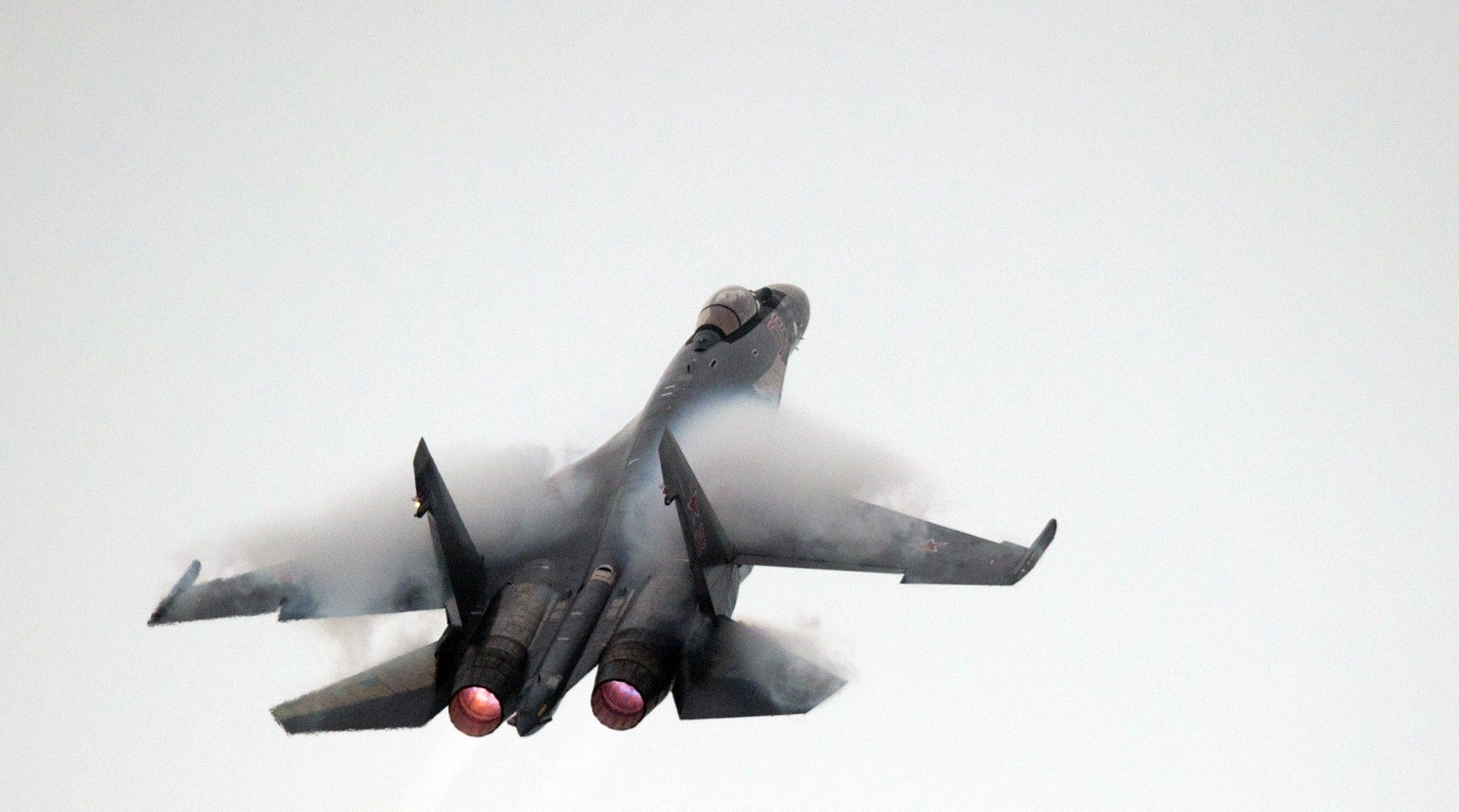As the U.S. Navy’s premier anti-submarine patrol aircraft, the P-8A Poseidon has been plenty busy in recent years over the skies of Europe, hunting for Russian subs while getting regularly intercepted by Russian jets in the sky.
But in recent years, the aircraft’s mission capable rates have fallen below the targets set by Naval Air Forces, according to a report released late last month by the Defense Department’s Office of the Inspector General.
While the Navy’s main air command mandates that Navy squadrons maintain a mission capability rate of 80 percent, the Poseidon’s mission capability rate ranged from 53 to 70 percent from October 2018 to March 2020, according to the report.
IG investigators found that the aircraft’s low mission capable rate occurred because several support offices “did not develop a supportable sustainment strategy for the P-8A Poseidon fleet.”
Also, officials with the Program Executive Office, Air Anti-Submarine Warfare, Assault and Special Missions Programs didn’t oversee implementation of corrective actions to address the sustainment challenges that had already been identified in independent logistics assessments, according to the IG.
Two of the IG’s other findings are redacted in the publicly released version of the report.
RELATED

The Poseidon completed its replacement of the P-3C Orion aircraft last spring.
According to the IG, the Poseidon fleet has faced an array of issues with parts as well.
Maintenance personnel have experienced delays in identifying and receiving spare parts, while the Maritime Patrol Reconnaissance Aircraft Program Office and Naval Supply Systems Command Weapon Systems Support personnel didn’t provide the Poseidon maintainers with “detailed maintenance procedures and technical data” for the platform’s mission-specific systems and equipment, the IG report states.
While deployed to the U.S. European Command area of operations, Poseidon squadrons grappled with consumable spare parts shortages on items ranging from O rings to bolts, rivets and valve assemblies.
In its recommendations, the IG report states that the Navy needs to implement a plan to address such sustainment challenges in the fleet, while standing up a “demand forecast” for consumable spare parts for when the planes are operating in EUCOM’s territory, while ensuring that five-year sustainment reviews are being conducted.
In response, the MPRA program manager agreed to develop a plan that will better provision parts for the fleet while fixing a lack of Poseidon technical data, while NAVSUP’s Weapon Systems Support office has already addressed the shortage of parts at Naval Air Station Sigonella, Italy.
The Program Executive Office also agreed to develop plans and milestones to correct and monitor Poseidon sustainment deficiencies, while reviewing sustainment analysis processes and improving internal controls, according to the IG.
Geoff is the managing editor of Military Times, but he still loves writing stories. He covered Iraq and Afghanistan extensively and was a reporter at the Chicago Tribune. He welcomes any and all kinds of tips at geoffz@militarytimes.com.




